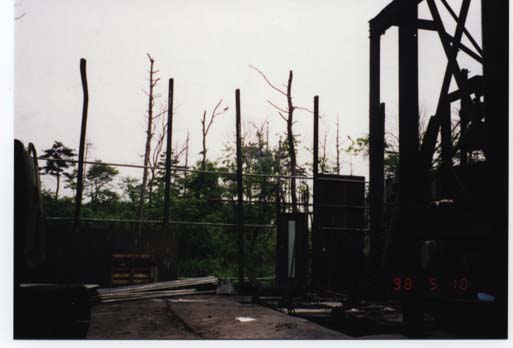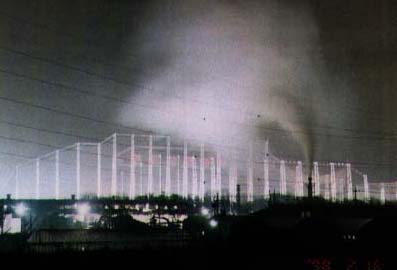
It has been two years since dioxin pollution from a heavy concentration
of industrial waste incinerators in the Tokorozawa area first
made national headlines. Citizens in the area have been protesting
to local, prefectural, and national governments for seven years.
Despite this, nothing has changed. The smokestacks remain, spewing
smoke into the sky day after day, and the horizon is continually
stained with the ink-black smudges of open burning. Dioxin, perilous
to the health: how much does the smoke contain? How will exposure
affect our children? Our worries increase daily.
Let us examine together the risks of dioxin exposure and see what
can be done to prevent it.
A Report from Tokorozawa
Data on incinerators in the Tokorozawa
area(2000.7.7new)
Follow-up Data on incinerators
in the Tokorozawa area(2001.1.7new)
A Photo Documentary of the Inappropriate Handling of Wastes
(to part2)
(to Maintenance)(2000.7.7new)
It is difficult to find out exactly how commercial incinerators
operators handle wastes. People carrying cameras have found it
dangerous to show them near incinerator grounds. Thanks to the
courage of intrepid cameramen Kobayashi and Yuzawa, we are able
to present a photo documentary of inappropriate handling of wastes
by commercial incinerator operators.
*note: This is an important and valuable collection of photographs.
Please do not reproduce without permission.
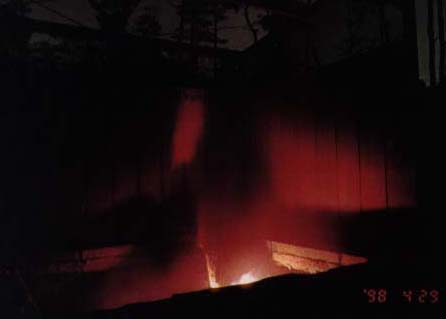
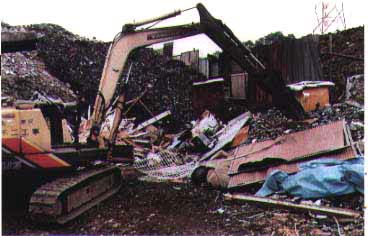
4. An open burning site in Tokorozawa. The black mound is a pile of ash which has stained the shovelユs arm black.
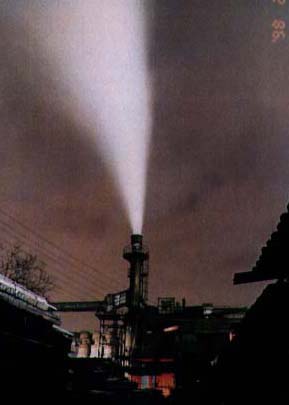
A commercial incinerator operated with a permit from the city of Tokorozawa. Smoke blasts into the night sky during hours not described under the permit. (Smoke against the night sky is so picturesque.) Endless caravans of huge dump trucks haul in refuse from large business enterprises. The incinerator uses a cyclone device to handle ash. Fire engines have been called in several times when burning has gotten out of control.
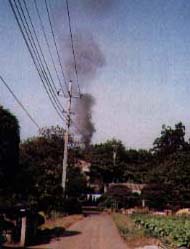
6. A commercial incinerator near the Tokorozawa interchange emits clouds of black smoke directly behind peopleユs residences. Homeowners in the area say that sometimes the black smoke is so thick in their living rooms they can hardly breathe. Black smoke is particularly problematic on weekends and after 5:00 P.M. on weekdays, when government offices are closed.
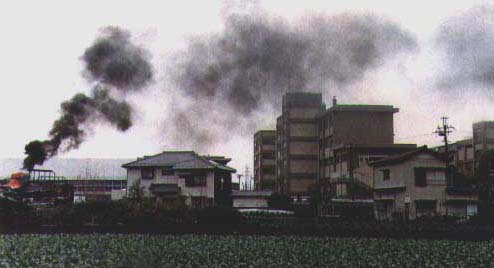
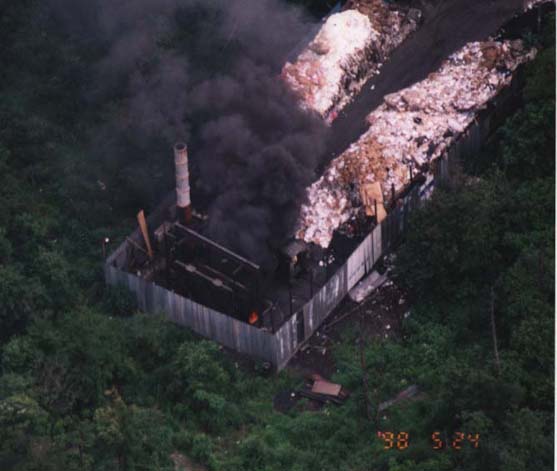
8. A commercial incinerator at Kunugiyama. Murky black smoke roils out of the installation when operators open the kiln to throw in more refuse. The oblong white objects are mountains of refuse. This operator holds a permit for interim disposal of infectious medical refuse, which allows the installation to accept medical waste. Also processed here is miscellaneous business refuse from the Tokyo area.
